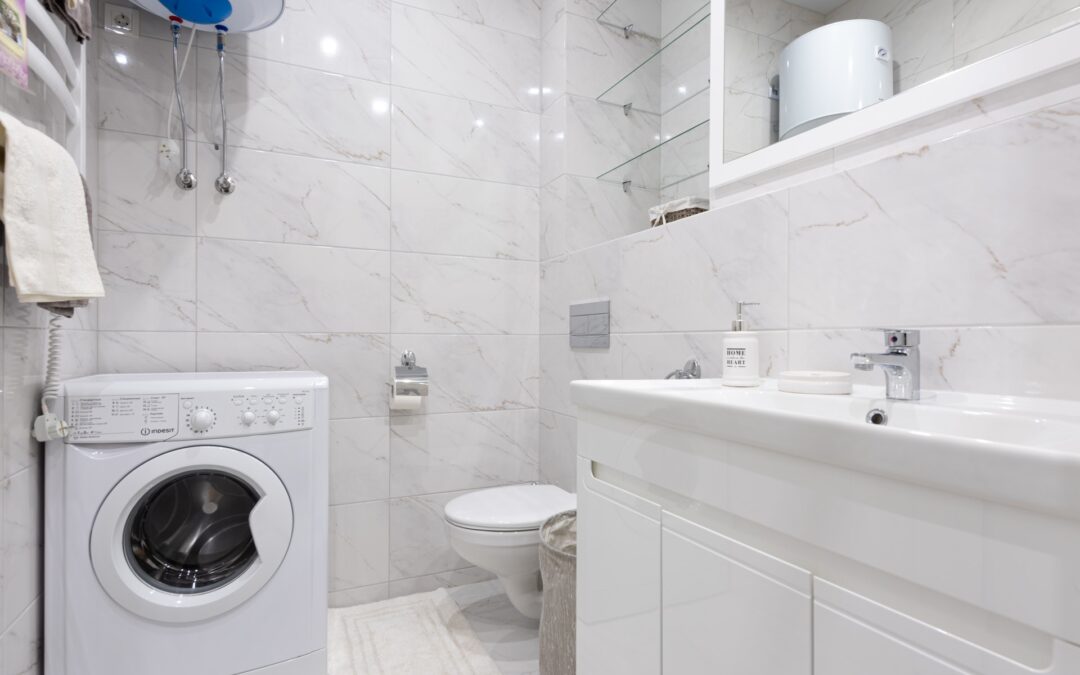If you’re building a new home or modernizing your current bathroom with a stunning glass-walled shower, you may be seriously considering installing a tankless toilet. There’s no question that tankless toilets are a sleek, elegant design statement. However, these models have pros and cons that you should consider before taking the plunge (no pun intended!).
Benefits of Tankless Toilets Style.
The clean, modern design of a tankless toilet not only improves the aesthetics of your bathroom, but can also add to your home’s resale value. Models may be either wall or floor mounted, and many come with state-of-the-art bells and whistles such as remote control and automatic open-close lids. Note that the minimalist design makes it incredibly easy to clean around the skirt of the floor-mounted models.
Flexibility of Installation.
Since these fixtures do not have tanks, they can be installed anywhere there is access to plumbing. This can offer more options in terms of design, functionality, and saving space. Depending on the model, tankless toilets occupy the same or even less space than a traditional toilet.
Conserves Water and Saves you Money.
Water conservation (as well as saving on water bills) becomes more critical with every passing year. Older toilets typically use well over three gallons per flush. Newer and tankless toilets use no more than 1.6 as required by law, though some tankless models use as little as 1.28 gallons. However, tankless toilets don’t ‘hoard’ water in a tank, and many come with dual flush (liquid or solid) options to further save water. In addition, tankless toilets can never develop a tank leak with continuously running water that can cause your water bill to skyrocket.
Problems of Tankless Toilets
Purchase Cost.
Tankless toilets are expensive. Models can run anywhere from $900 to $2000 or more, so prepare yourself for a substantial initial investment.
Cost of Installation.
While a good DIYer can install a traditional toilet, tankless toilets are complex and require expert installation and repair. Tankless toilets rely on water line pressure (assisted by a pump for residential use) rather than a tank. This flushing method requires a more expansive supply line than currently exists in your home. If you are in the process of building a new home, you can have that wider supply line installed from the beginning. However, existing bathrooms will need to have their plumbing altered to accommodate the high pressure generated by the flush to avoid pipe damage.
Power Supply.
Power outages are always inconvenient but can be doubly so when your toilet relies on an electric pump to complete the flushing process. Something to consider!


